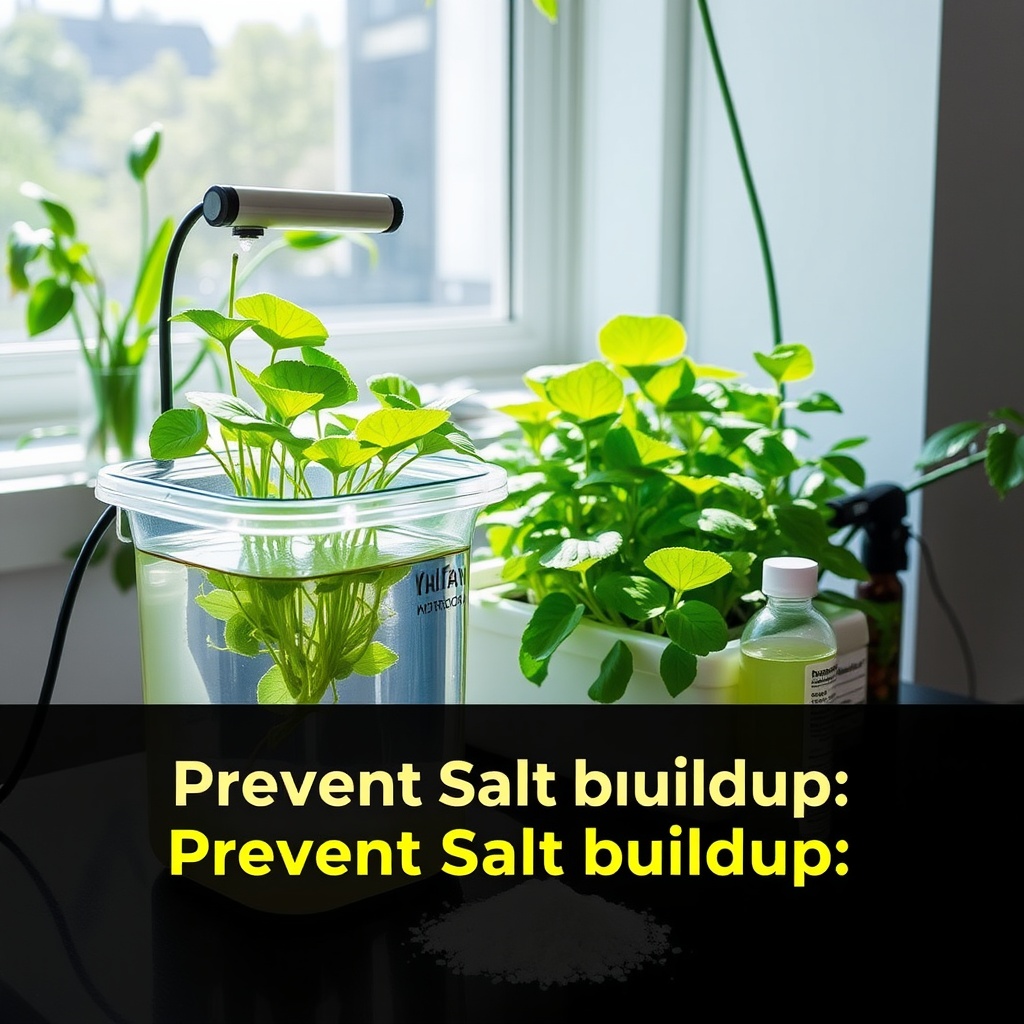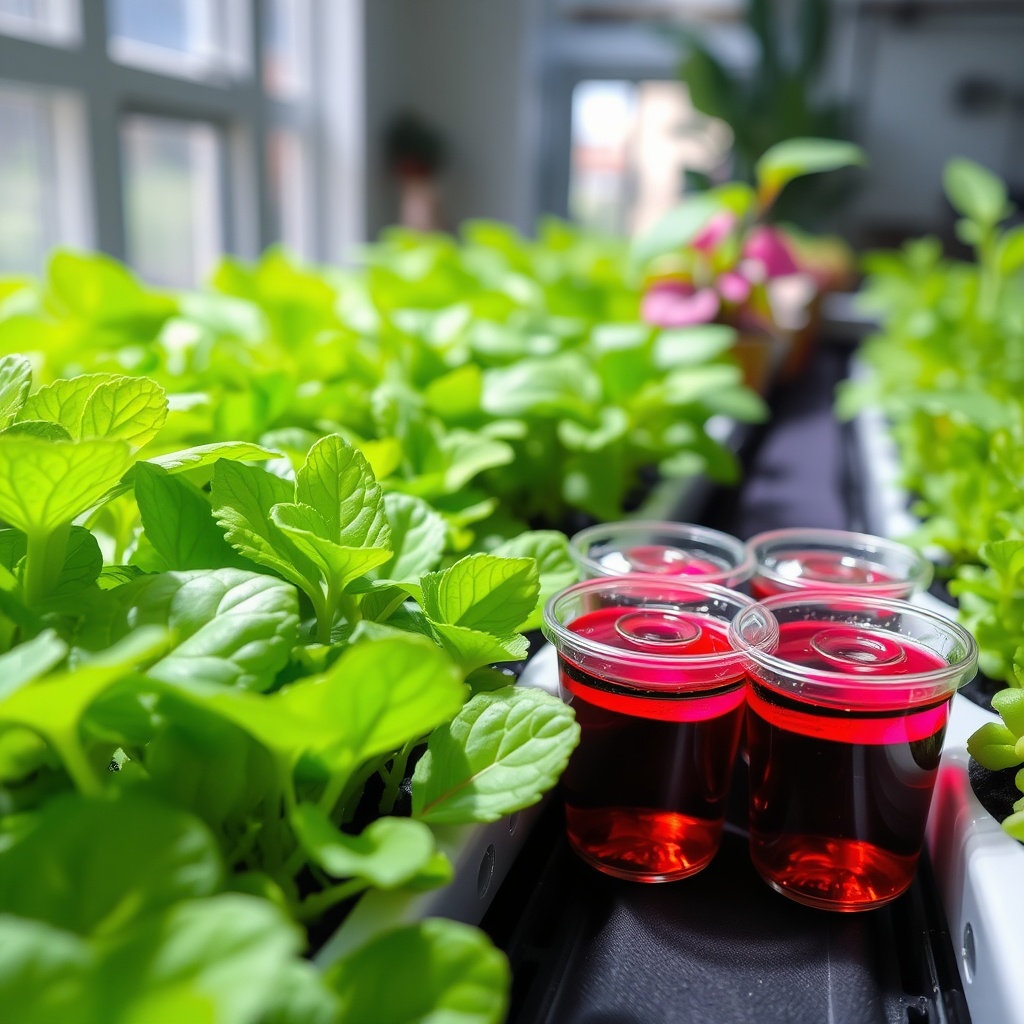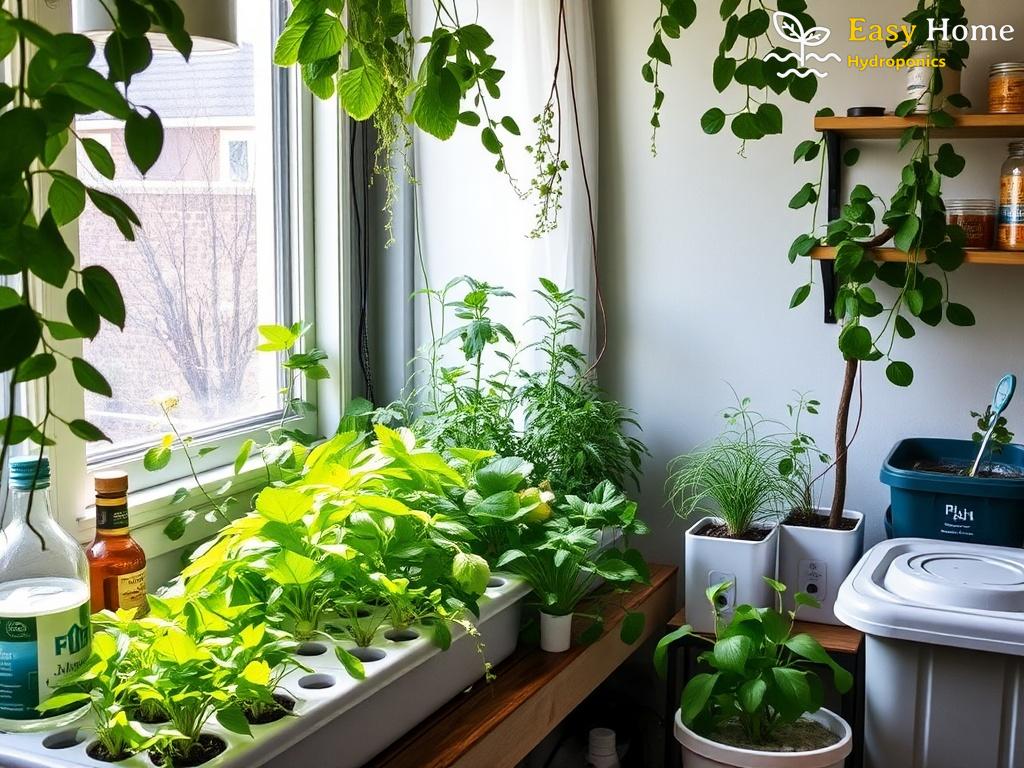In the world of hydroponics, one of the most common yet overlooked issues is salt buildup. As plants absorb nutrients from the water, they often leave behind mineral residues, which can accumulate over time. This not only affects the health of your plants but can also lead to clogged systems and reduced efficiency. Understanding how to manage and prevent salt buildup is essential for any DIY hydroponic enthusiast.
To combat salt buildup in your hydroponic system, there are several effective strategies that you can implement. These steps not only help maintain a balanced nutrient solution but also ensure that your plants thrive without the negative effects of excess salt. Here are some key strategies to consider:
- Regular Flushing: Periodically flush your system with fresh water to dilute and remove salt residues. This is crucial, especially in systems that recirculate water.
- Monitor Nutrient Concentration: Use a TDS (Total Dissolved Solids) meter to regularly check the concentration of your nutrient solution. Keeping it within an optimal range can prevent excessive salt accumulation.
- Adjust pH Levels: Maintaining the proper pH level (usually between 5.5 to 6.5 for most plants) can enhance nutrient uptake and minimize the chance of salt buildup.
For a sustainable and healthy hydroponic setup, it’s important to consider long-term solutions. In addition to the immediate strategies mentioned, here are some practices that can significantly mitigate salt buildup:
- Utilize Quality Nutrients: Invest in high-quality nutrient solutions specifically formulated for hydroponics. These solutions are less likely to leave behind excessive residues.
- Incorporate Beneficial Microorganisms: Adding beneficial bacteria or fungi can help break down salts and improve nutrient absorption by your plants.
- Regular System Maintenance: Ensure that your hydroponic system is clean and functioning properly. This includes regularly checking pumps, lines, and reservoirs for any signs of salt deposits.




